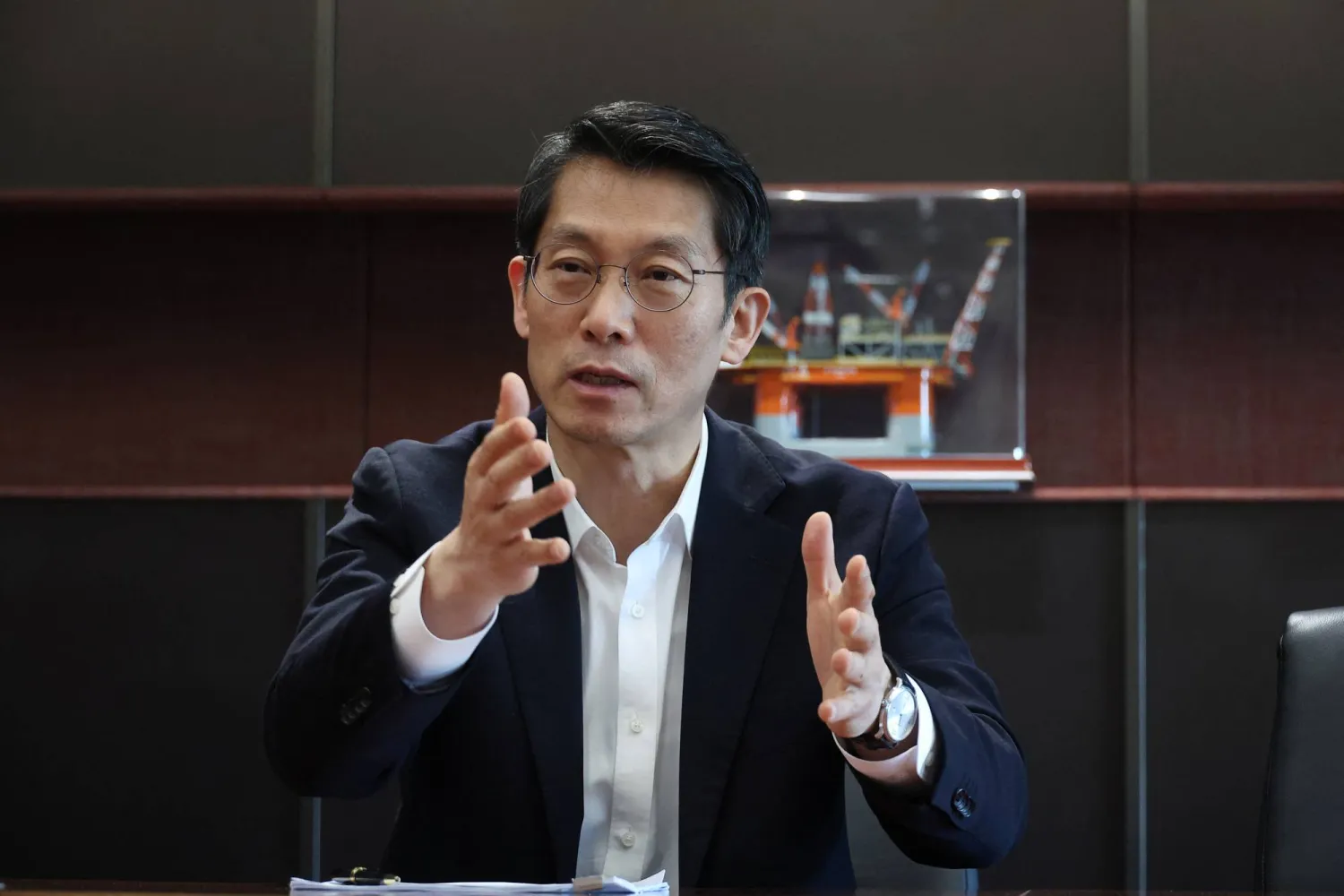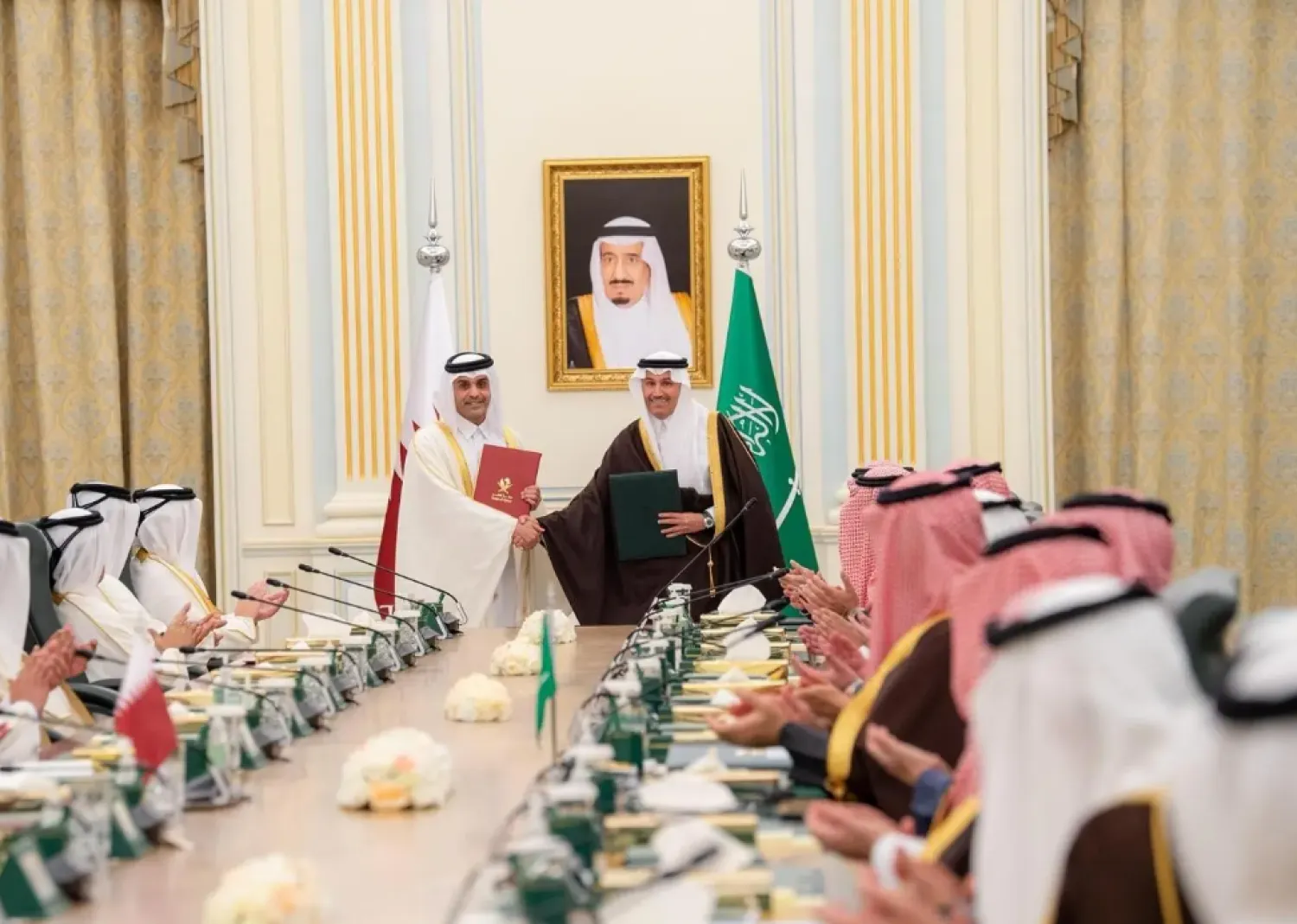South Korean shipbuilder Hanwha Ocean aims to boost its revenue from overseas military vessels to around 4 trillion won ($2.91 billion) by 2030 and hopes to pick up more repair orders from the US Navy, a senior executive told Reuters.
The Asian country is a major global shipbuilder and trade talks with the US on tariffs brought up possible cooperation in the sector after US President Donald Trump signed an executive order to restore US shipbuilding.
Hanwha Ocean, formerly Daewoo Shipbuilding, is one of the largest shipbuilders in the world with an order book of $31.43 billion as of the end of March. It acquired a US shipyard in Philadelphia last year to expand in the market.
Its naval ships business, which has built dozens of submarines and surface vessels used by the South Korean Navy, has won two orders from the US Navy since last year to repair and overhaul its ships for the first time.
"I think we may be the biggest shipyard in the world that has taken on these maintenance, repair and overhaul orders from the US Navy," said Steve SK Jeong, head of the Naval Ship Global Business at Hanwha Ocean, days after US Secretary of the Navy John Phelan visited its shipyard.
"It is not very profitable, but learning the process of working with the US Navy is valuable, which will help if we win newbuild orders."
Hanwha Ocean hoped to win a double-digit number of US Navy maintenance and repair orders before 2030, Jeong said.
Trump has vowed to spend "a lot of money on shipbuilding" to restore US capacity, and cited concern over how his country has fallen behind in an industry that is also dominated by China.
Still, US laws can make it harder for foreign shipyards even if they have US operations. They are prohibited from building US Navy vessels, due to the Byrnes-Tollefson Amendment of the US Department of Defense Appropriations Act.
TRANSPLANTING PROCESSES
Hanwha Ocean's Philadelphia Shipyard is trying to get a license that clears it to build US Navy vessels, but transplanting cutting-edge manufacturing processes honed from competition with other South Korean and Chinese shipyards is not as simple as bringing in some automated welding machines, Jeong said.
"I think the US shipbuilding industry hasn't had to compete very much. Facilities are old, and there's a shortage of technicians," Jeong said.
"We are looking to modernize facilities, train and equip workers, and bring in our manufacturing process that can build the same ship in, I think, two-thirds the time or less as that of a US shipyard."
Jeong said the company is investing in South Korea to use existing facilities and expand naval ship capacity to build five submarines and three surface vessels at the same time by 2029, from two submarines and two surface vessels now.
Despite building 17 submarines for the South Korean Navy since 1987, Hanwha Ocean has only actively competed for overseas orders in the last few years as South Korea's low birthrate and shrinking military-age population risk cooling local demand.
It is competing to export submarines to Poland and Canada, a frigate to Thailand as well as knocking on the door in markets in the Middle East, South America, North Africa and Southeast Asia, to build up a sustained flow of orders that would bring foreign sales to 4 trillion won by 2030, Jeong said.
That would be about four times the size of its 1.05 trillion won of revenue in 2024.









